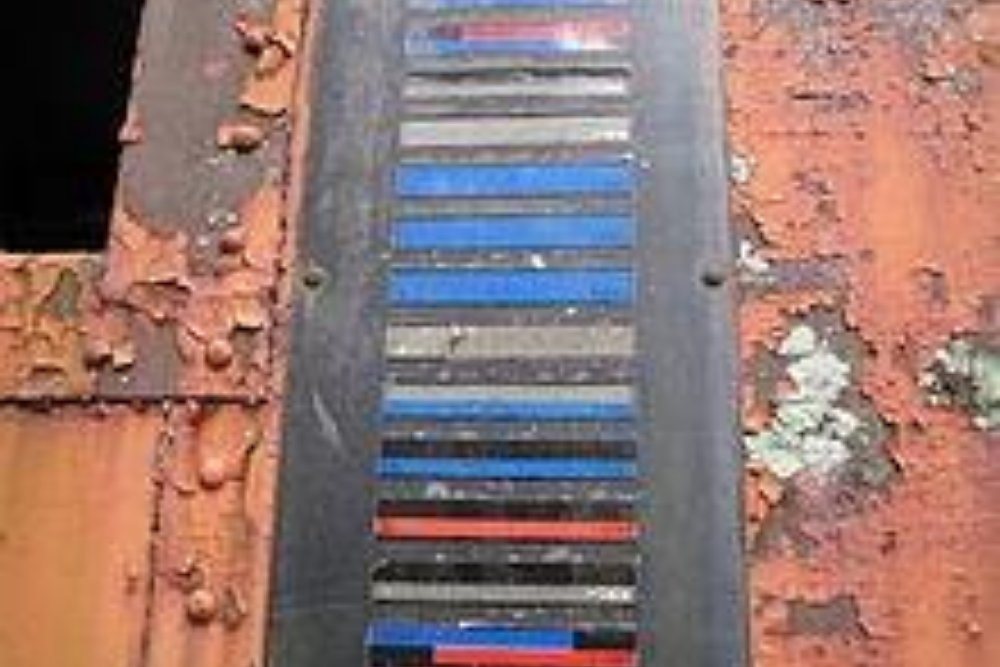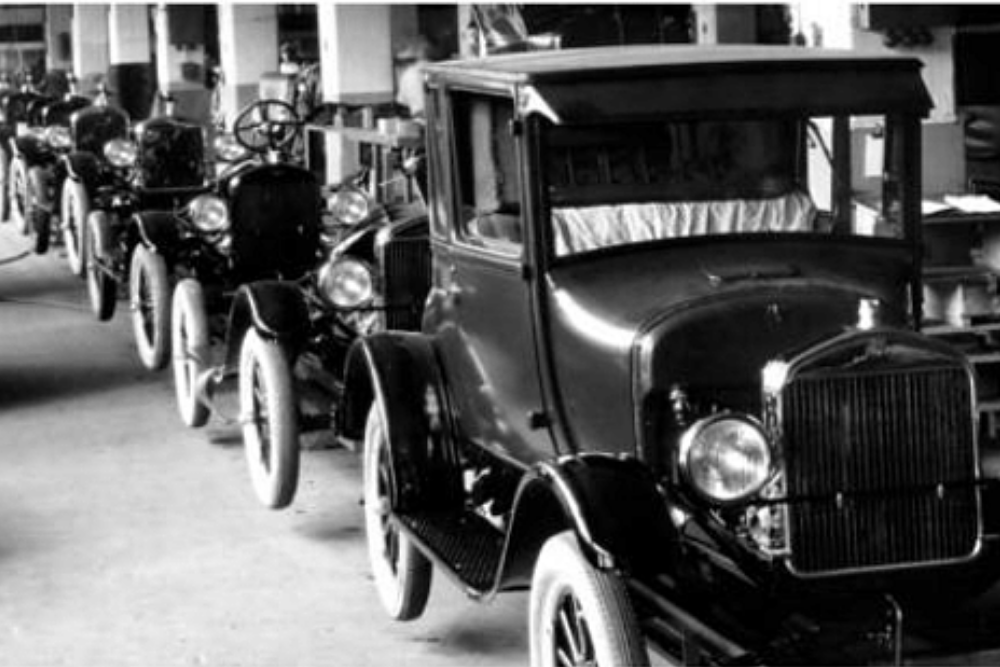Mass Transit and Real-Time Location Systems (RTLS): Enhancing Urban Mobility
Ubisense2024-05-10T09:24:15+01:00Mass Transit and Real-Time Location Systems (RTLS): Enhancing Urban Mobility Urbanization has led to an unprecedented surge in population density, creating challenges in managing transportation effectively. Mass transit systems, encompassing buses, trains, subways, and other communal modes of transportation, play a pivotal role in addressing these challenges. Their importance lies not only in alleviating traffic congestion but also in reducing carbon emissions, fostering sustainability, and providing an accessible and cost-effective alternative for the masses.




